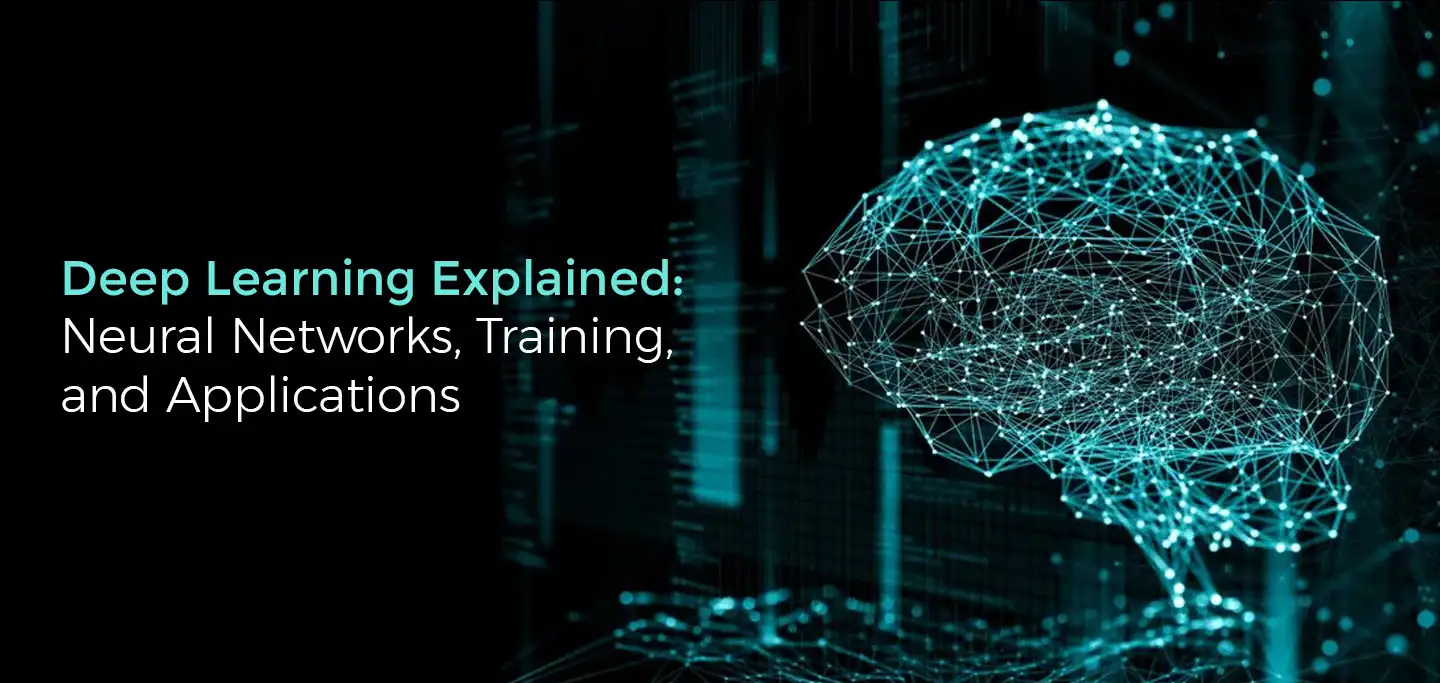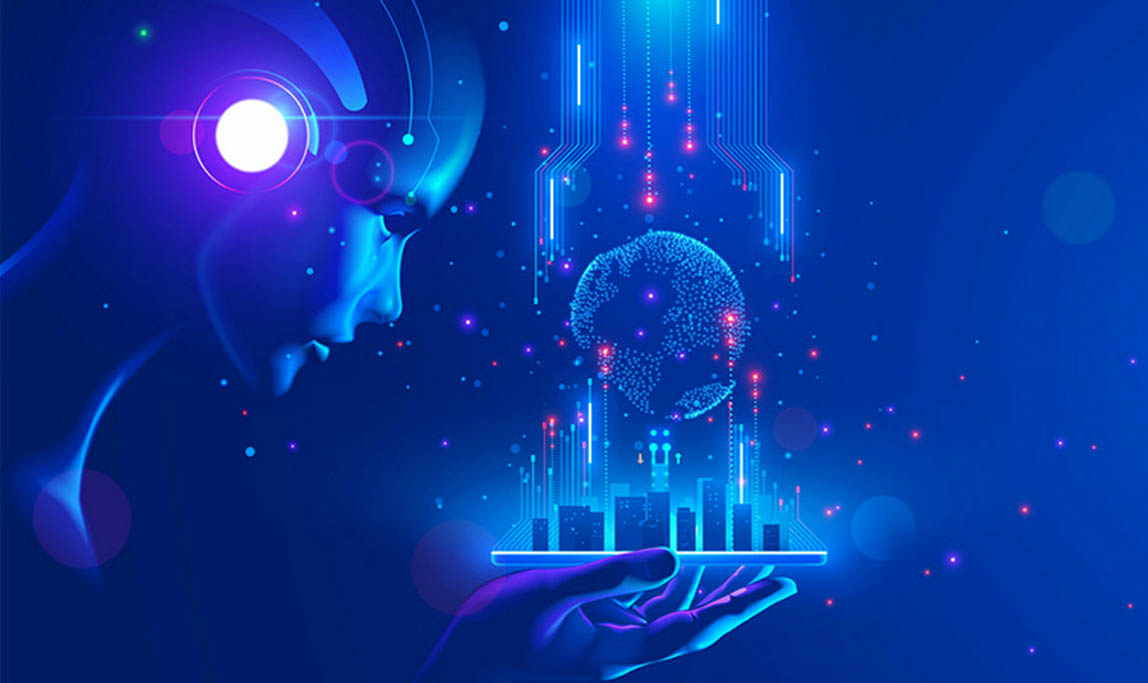
Deep Learning Explained: Neural Networks, Training, and Applications
Introduction:
Deep learning has emerged as a powerful subset of machine learning, enabling computers to learn complex patterns and representations from data. At the heart of deep learning are neural networks, computational models inspired by the structure and function of the human brain. In this comprehensive guide, we'll explore the fundamentals of deep learning, including neural networks, training techniques, and real-world applications, presented in simple terms for beginners.
Understanding Neural Networks:
Neural networks are a class of algorithms designed to mimic the behavior of the human brain, consisting of interconnected nodes, or neurons, organized into layers. Input data is processed through multiple layers of neurons, each layer transforming the data to extract higher-level features. The output layer produces the final predictions or classifications based on the learned representations. Common types of neural network architectures include feedforward neural networks, convolutional neural networks (CNNs), and recurrent neural networks (RNNs).

Training Neural Networks:
Training a neural network involves optimizing its parameters, known as weights and biases, to minimize the difference between the predicted outputs and the true labels in the training data. This process, known as backpropagation, entails iteratively adjusting the weights using optimization algorithms such as gradient descent. During training, the network learns to recognize patterns and features in the data, gradually improving its performance on unseen examples.

Deep Learning Techniques:
Deep learning techniques leverage neural networks with multiple layers, allowing them to learn intricate patterns and representations in data. Convolutional neural networks (CNNs) are particularly effective for image analysis tasks, such as object detection and image classification, by exploiting spatial hierarchies of features. Recurrent neural networks (RNNs) are well-suited for sequential data processing, such as natural language processing and time series prediction, by capturing temporal dependencies in the data.

Applications of Deep Learning:
Deep learning finds applications across various domains, revolutionizing industries and driving innovation in numerous fields. In computer vision, deep learning powers facial recognition systems, autonomous vehicles, and medical imaging diagnostics, improving accuracy and efficiency in image analysis tasks. In natural language processing, deep learning enables language translation, sentiment analysis, and chatbot interactions, enhancing communication and comprehension in textual data.

Challenges and Considerations:
Despite its remarkable capabilities, deep learning poses challenges and considerations that must be addressed. These include issues related to data quality and quantity, overfitting, computational resources, interpretability, and ethical implications. Deep learning models may require large amounts of labeled data for training and substantial computational resources for model optimization and deployment. Furthermore, interpreting the decisions made by deep learning models, particularly in critical applications such as healthcare, raises concerns about transparency and accountability.

Future Directions:
As deep learning continues to advance, researchers are exploring new architectures, algorithms, and techniques to overcome existing challenges and push the boundaries of what is possible. Future directions in deep learning include innovations in model efficiency, interpretability, lifelong learning, and ethical AI. By addressing these challenges and embracing ethical considerations, deep learning has the potential to drive transformative advancements in technology and reshape the way we perceive and interact with the world.

Conclusion:
Deep learning represents a paradigm shift in machine learning, empowering computers to learn complex patterns and representations from data. In this blog post, we've explored the fundamentals of deep learning, including neural networks, training techniques, and real-world applications. As we continue to unlock the potential of deep learning, let us approach its development and deployment with careful consideration of ethical, societal, and technical considerations. By harnessing the power of deep learning responsibly, we can create a future where artificial intelligence enhances human capabilities and improves lives worldwide.
For more info visit www.proxpc.com
Workstation Products

AI Development Workstations
View More

Edge Inferencing Workstations
View More

AI Model Training Workstations
View More
Share this:









